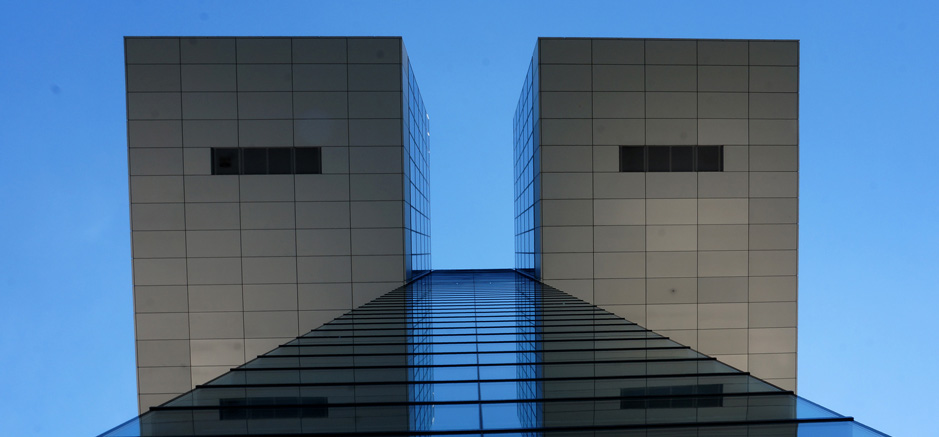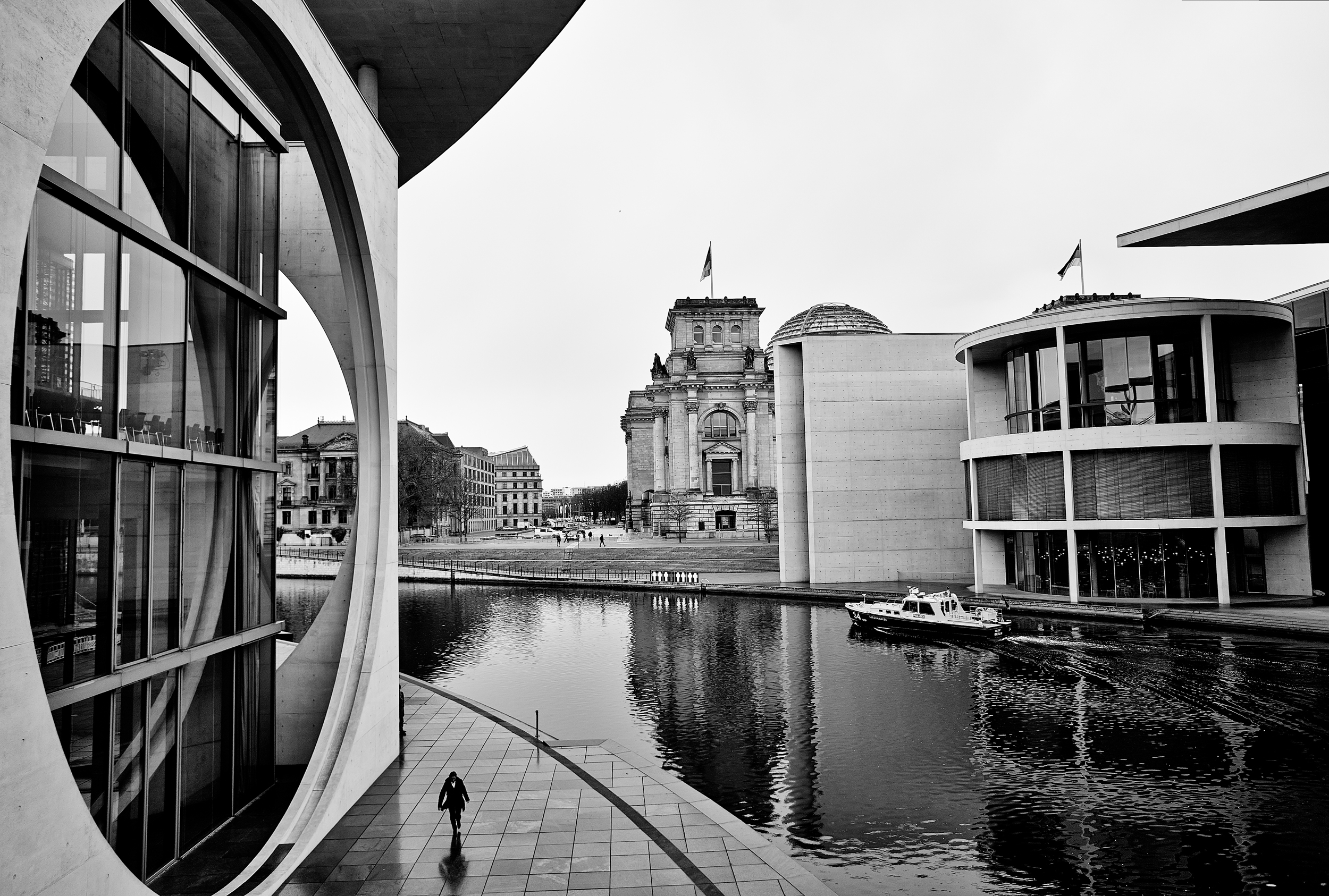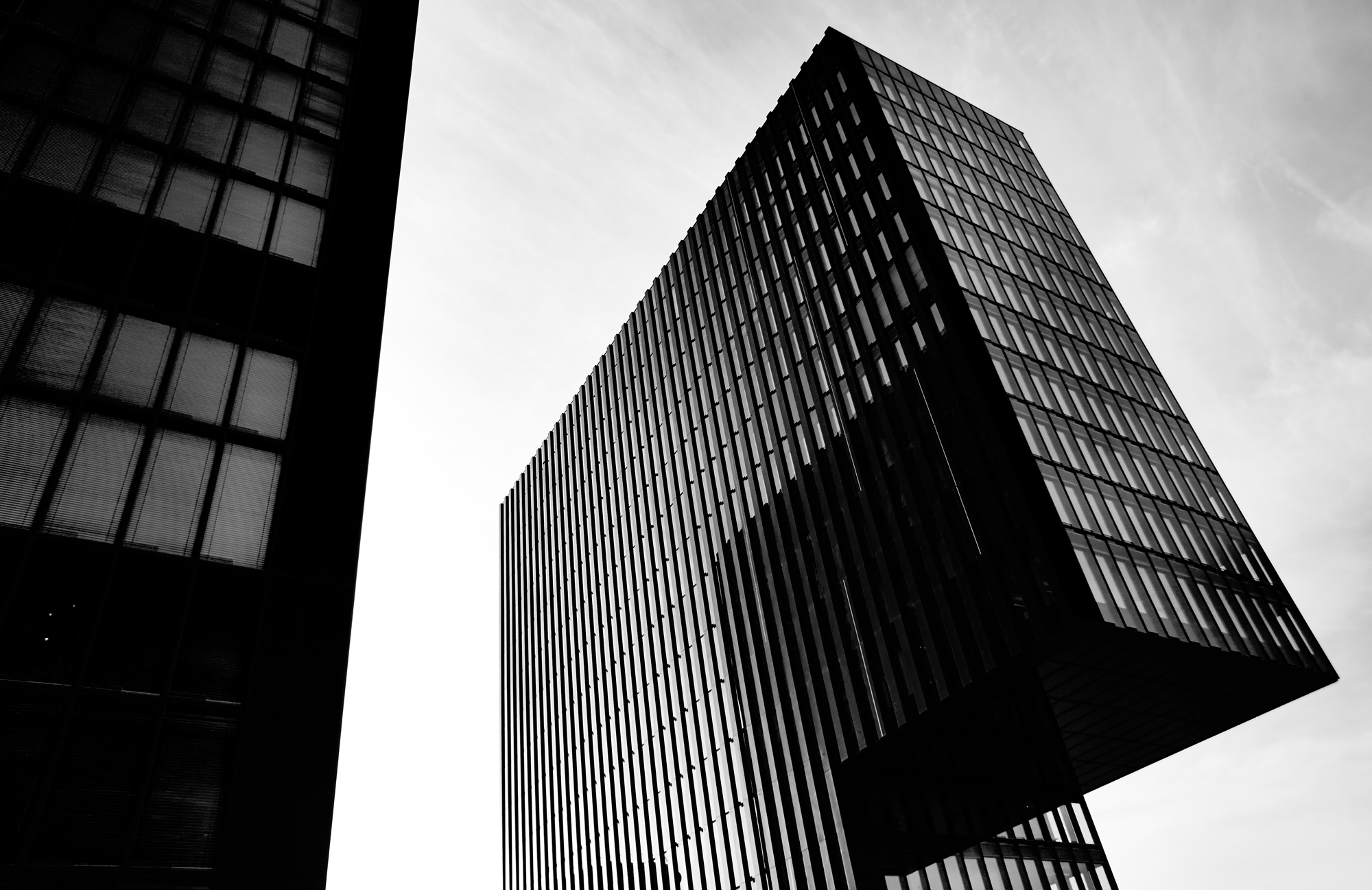Architecture photography shots can make for stunning pieces of art to hang on the wall or share among your social media circles. But there’s more to taking winning shots than just aiming your camera at an interesting piece of architecture and grabbing a quick snapshot. There are a few things you need to keep in mind when you’re shooting exteriors and even interior architecture.
Below, we’ll go over a handful of tips you can take into the field with you and help you start taking better architectural shots. Let’s get started!
Work The Scene with Architecture Photography
As I mentioned earlier, there’s more to is than just aiming and shooting—as a photographer, of course, you already know this! If an excellent composition isn’t immediately jumping out at you, one way you can discover a good composition is by working the scene. By this, I mean shooting the building from multiple angles an perspectives until you find what works best for the particular structure. When doing architecture photography, move all around the building as much as possible. You should also try to shoot from different perspectives. If you are able to you may want to try shooting from a higher perspective, or contrastingly, lower yourself to shoot from a lower perspective. Just try out a bunch of angles and study the results to see what works and what doesn’t. 
Use The Right Settings for your Architecture Photography
Ideally you’ll be able to shoot on a low ISO to avoid unwanted noise in your photos; however, as cameras and post-processing software improve, this is becoming less of an issue. That being said, shooting at the lowest ISO possible is always a good idea.
I recommend you set your aperture and shutter speed first, then adjust your ISO as needed. In regards to aperture, it’s best to use an f-stop of 8 or higher. The reason for this is you want to make sure your depth of field is maximized so no part of the architecture is lost to blur and bokeh. Sharpness is important!
Let Shutter Speed Compensate in Architecture Photography
And with sharpness in mind, you will also need to work at a shutter speed that is suitable to compensate for the possibility of camera shake if you are not using a tripod. Though, ideally, you’ll have a nice sturdy tripod to work with, allowing you to use long shutter speeds without having to increase your ISO too much.
Time Of Day for your Architecture Photography
When you are shooting architecture, always aim to get out there either early in the morning or later in the evening. The problem with shooting during midday hours when the sun is directly overhead is that it generally produces long shadows that can totally wreck an otherwise brilliant composition.
However, if you can’t help but shoot during the midday, make sure you’re paying close attention to which direction the light is coming from and where the shadows are falling. It may be possible to use them to your advantage in your composition if you’re able to get creative enough. That’s where working the scene will also come in handy!